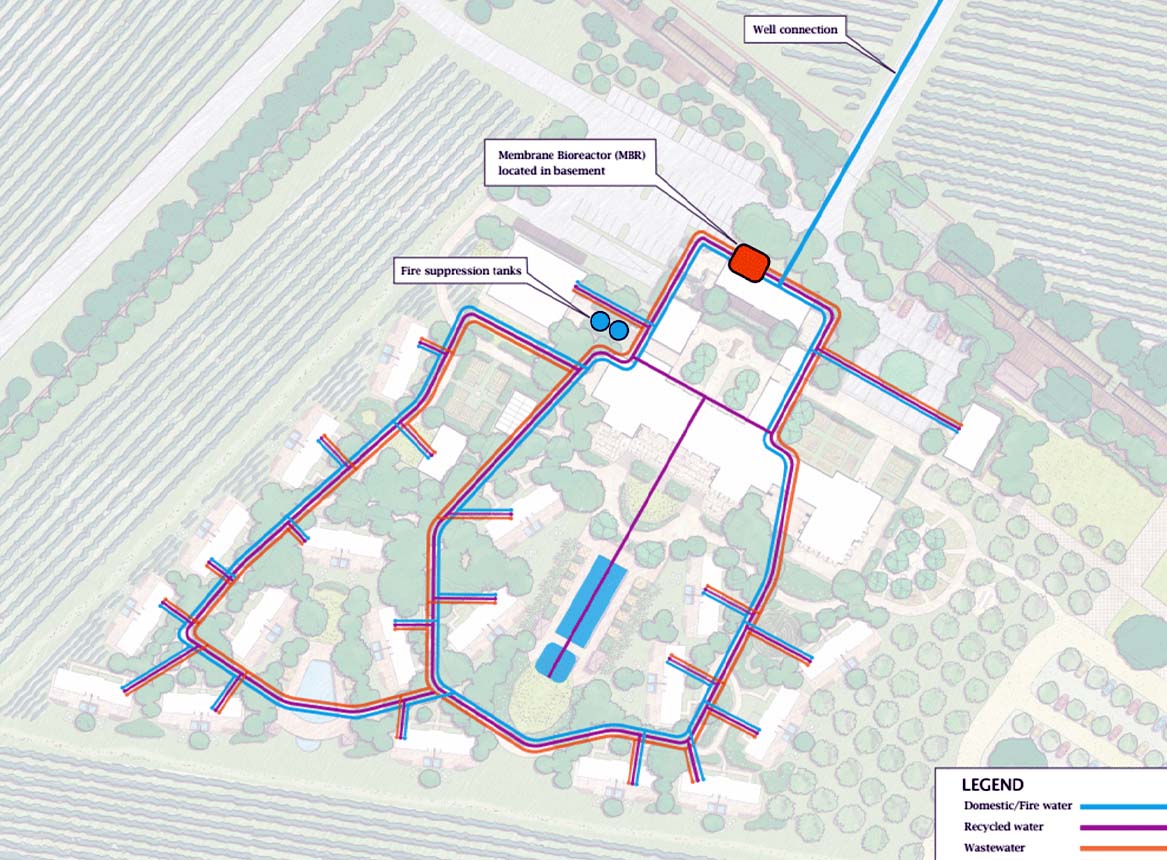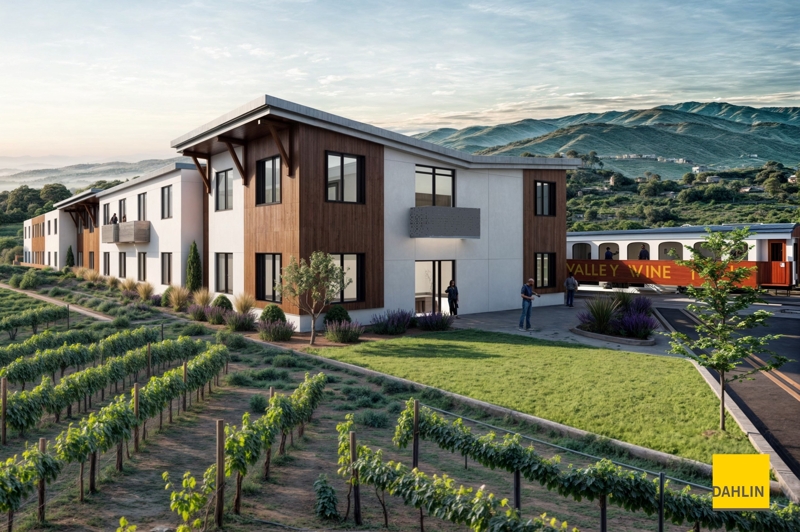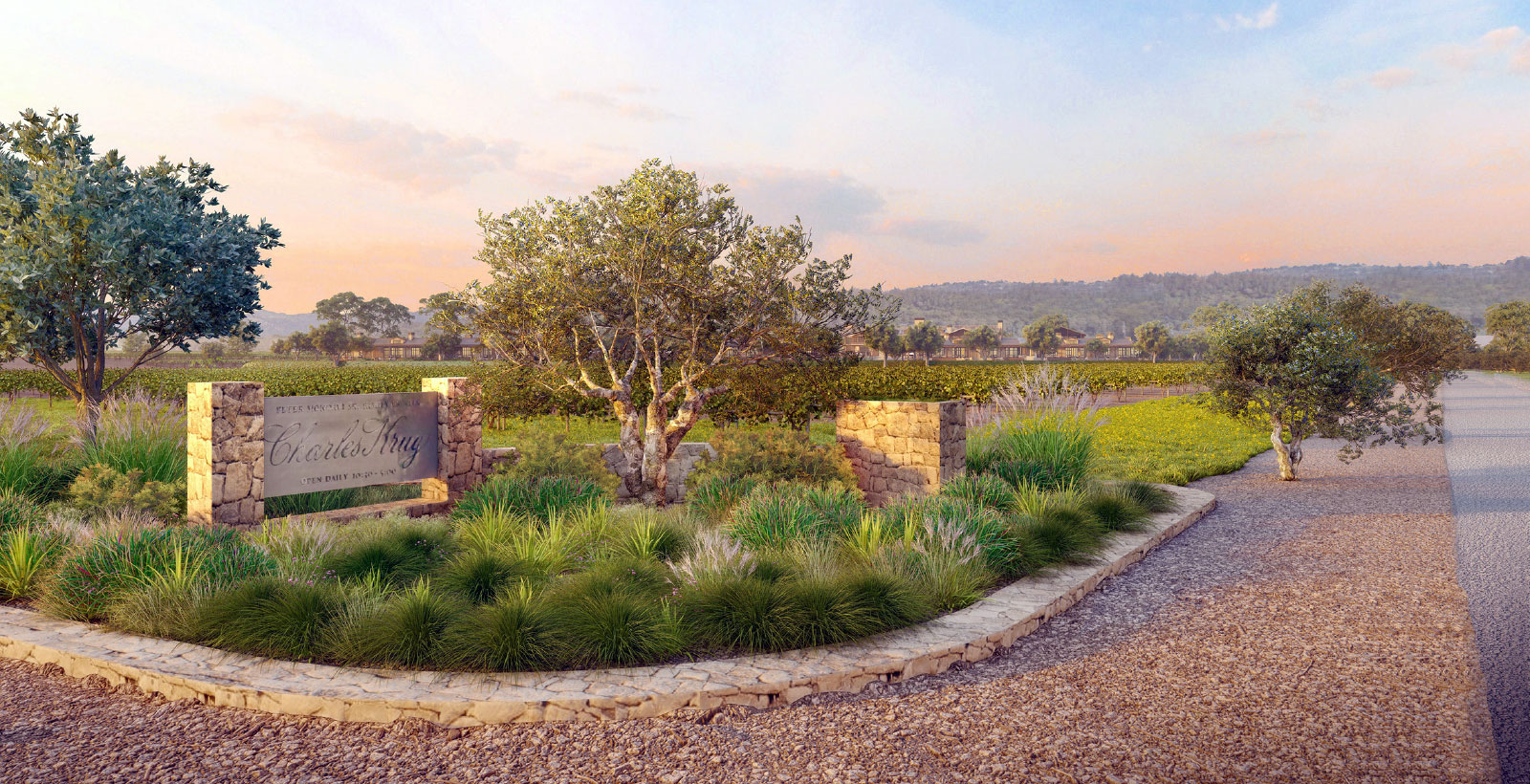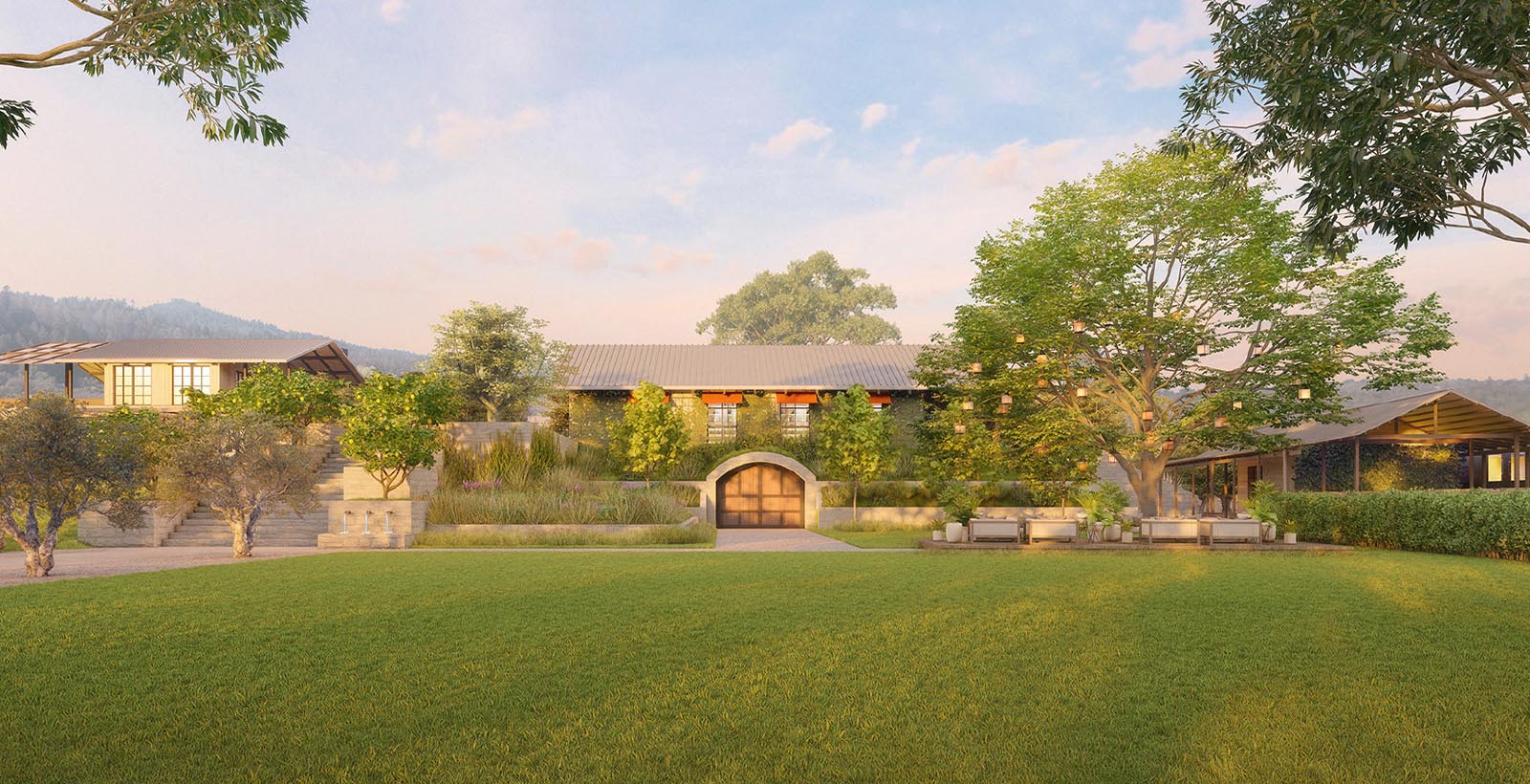 ×
×
Key Issues
Measure B Fact Sheet
Workforce Housing

- As part of the initiative, the applicants behind the St. Helena Resort project have agreed to a binding Workforce Housing Obligation.
- Obligation requires the construction of at least 50 units of workforce housing.
- Workforce housing would be developed on a separate property on Fulton Lane in the City of St. Helena.
- Bicycle and pedestrian pathway will be constructed adjacent to the Napa Valley Wine Train tracks between the Charles Krug Winery property and Fulton Lane to encourage alternative transportation to and from the workplace for future employees.
- The trail will be open to the public, creating a new pathway connecting central and north St. Helena (an area with limited sidewalks and pathways).
- If the City fails to approve the housing proposal during the 3+ construction phase of the St. Helena Resort project, a monetary contribution will be provided to the City for affordable housing.
- There is no question: Noble House's preference is to build the workforce housing proposed at Fulton Lane.
Water Use and Reuse Plan
View Aerial Image of Utility Plan
- In accordance with Napa County’s Groundwater Management Ordinance (GMO), the applicant has collaborated with a reputable civil engineering firm to develop a water use proposal that adheres to county requirements of 0.3 acre-feet of water use per acre, which must be fully documented before any permits can be issued.
- This will be achieved by treating and recycling all non-potable water for landscape irrigation, toilet flushing, cooling systems and groundwater recharge, while reducing water use from the Charles Krug winery operations to offset all potable water used for the project.
- The resort project would operate independently of city water and sewer connections.
- No public connection to city water distribution lines is anticipated.
- Project would instead rely on existing, on-site wells (with a high water table based on a study of the water table).
- The project will not connect to the existing municipal water treatment (sewer) system, which has limited capacity for additional flows.
- Instead, a new treatment plant (likely a membrane bioreactor or similar system) will be constructed in a basement facility within the primary resort building referred to as the “estate house.”
- No public connection to city water distribution lines is anticipated.

Traffic Impacts

- A new left-turn lane will be built for motorists traveling southbound on Deer Park Road to enter the project site.
- Signage will also be installed on-site directing northbound drivers onto Highway 29, and southbound drivers travelling south of St. Helena onto Silverado Trail, to reduce congestion and improve safety at the intersection of Highway 29 and Deer Park Road.
- A bicycle and pedestrian pathway will be created between the project site and Fulton Lane, running adjacent to the Napa Valley Wine Train tracks.
- At least 25 courtesy bicycles will be made available to hotel guests, along with dedicated employee bike parking, to incentivize bicycling and other alternative transit.
- Town-car or shuttle services are being considered for future hotel guests, to provide them with access to downtown St. Helena and other locations or experiences in proximity to the project site.
Visual Impacts
View of Project from Highway 29 at Charles Krug Winery entryway
View of Project from Deer Park Road
View of Project from Future Driveway to Project Site
View of Project from the grounds at Charles Krug Winery
- Project was designed to co-exist among surrounding vineyards and agricultural lands.
- Most buildings are only 1-2 stories high to minimize visual impacts, and feature soft earth tones in harmony with the surrounding environment.
- Photorealistic (conceptual) renderings demonstrate the minimal visual impacts the project would have from surrounding roadways.

Project Benefits
Economic Benefits
- Project will generate significant revenue to the city to fund municipal services, which include new city facilities, improvements to streets, sidewalks, and water and wastewater treatments plants.
- Sources of income that will be generated by the project:
- Additional property taxes paid by the hotel.
- Sales tax revenue from the hotel and its guests.
- Significant new source of Transient Occupancy Taxes (also known as “TOT”).
- More than $3.3 million in total annual tax revenue anticipated in Year 1 of operations, growing to $6.3 million in new annual tax revenue anticipated by Year 5 of operations.
- This excludes other one-time permitting and impact fees paid as part of the project approval and construction that will provide several million more dollars to the City of St. Helena up front.
Community Benefits
- An 8-foot bicycle and pedestrian pathway will be created between the project site and Fulton Lane, running adjacent to the Napa Valley Wine Train tracks, creating new opportunities for residents to connect between north and central St. Helena in an area with limited pathways for cyclists and pedestrians.
- This new pathway will complement the new train depot and access point to Charles Krug Winery and the resort property area via the Napa Valley Wine Train.



